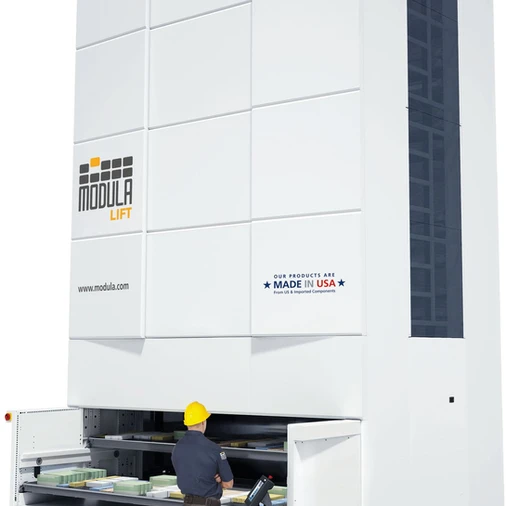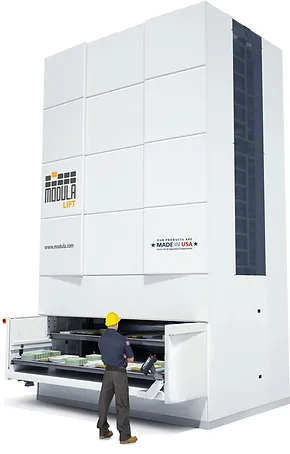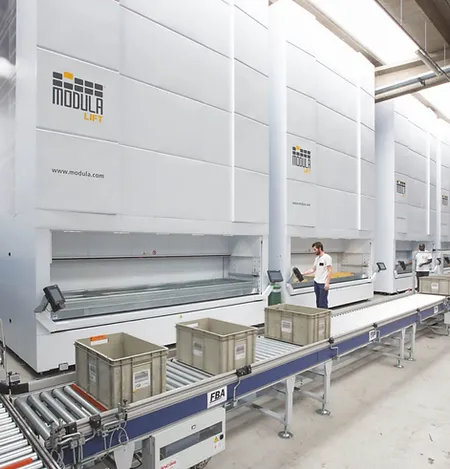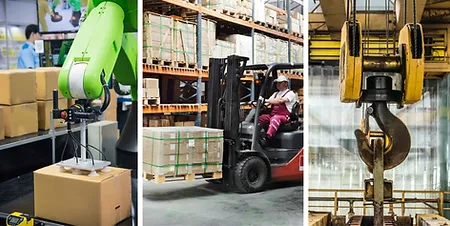
Efficient material handling and warehousing are essential components of any supply chain management system. Properly managing these processes can lead to improved productivity, reduced costs, and increased customer satisfaction.
However, there are several common mistakes that organizations often make when it comes to material handling and warehousing, which can lead to inefficiencies and operational challenges. In this blog post, we’ll explore some of the most prevalent mistakes and offer tips on how to avoid them.
- Lack of Proper Planning: One of the most significant mistakes in material handling and warehousing is failing to create a comprehensive plan. Without a clear strategy in place, businesses might experience stockouts, overstocking, and delays in order fulfillment. To avoid this mistake, companies should conduct thorough demand forecasting, analyze historical data, and collaborate closely with suppliers to ensure an accurate inventory plan.
- Inadequate Staff Training: Having a well-trained workforce is crucial for the smooth operation of material handling and warehousing activities. Mistakes can occur when employees are not familiar with proper handling techniques, safety protocols, and equipment operation. Regular training sessions and ongoing education on the latest industry best practices can help mitigate this issue.
- Neglecting Safety Measures: Safety should always be a top priority in material handling and warehousing. Failing to implement proper safety measures can lead to accidents, injuries, and even fatalities. Investing in safety equipment, providing training on safe lifting and handling techniques, and conducting regular safety audits are vital steps in preventing accidents.
- Poor Warehouse Layout and Organization: An inefficient warehouse layout can lead to wasted time, increased labor costs, and difficulty in locating items. Avoid the mistake of disorganized storage by implementing a well-thought-out layout that optimizes space, minimizes travel distances, and categorizes items logically. Regularly reviewing and adjusting the layout based on changing needs can further improve efficiency.
- Ignoring Technology and Automation: In the era of digital transformation, failing to adopt technological advancements and automation solutions is a common mistake. Incorporating technologies like barcode scanners, RFID systems, and warehouse management software can enhance accuracy, traceability, and overall efficiency in material handling and warehousing operations.
- Overlooking Inventory Management: Accurate inventory management is critical to prevent stockouts and overstocking. Mistakes such as not conducting regular inventory counts, not reconciling discrepancies, and not utilizing real-time tracking systems can lead to disruptions in the supply chain. Implementing robust inventory management practices can help maintain optimal stock levels.
- Inefficient Picking and Packing Processes: Inaccuracies in picking and packing can lead to incorrect shipments and customer dissatisfaction. Manual picking processes without clear instructions or technology support can result in errors. Investing in efficient picking methods, like batch picking or zone picking, and utilizing technology for order validation can reduce mistakes in this area.
- Lack of Continuous Improvement: Failing to continuously assess and improve material handling and warehousing processes is a mistake that can hinder long-term success. Regularly analyzing key performance indicators (KPIs), gathering feedback from employees, and identifying areas for enhancement can lead to ongoing operational improvements.
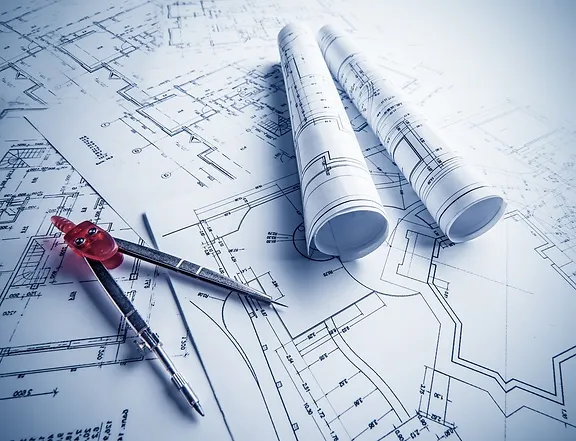
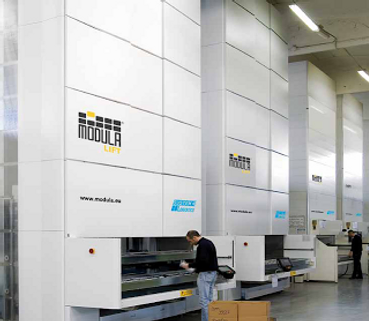
Conclusion: Efficient material handling and warehousing are integral to the success of any business that deals with physical products. By avoiding common mistakes such as inadequate planning, poor training, neglecting safety, and overlooking technology, organizations can create streamlined and productive operations. Embracing best practices, investing in staff training, and leveraging technology will ultimately lead to a more effective supply chain and improved customer satisfaction.
Material Handling & Storage, Inc. designs warehousing and manufacturing applications to create efficiencies in space utilization, process optimization while planning for future growth.
To learn more about improving your warehousing application Contact MHS
Servicing Northern California, the Bay Area , Sacramento and Reno markets since 1992. Our portfolio includes projects in Fairfield, Foster City, Daly City, Fremont, Hayward, Newark, Union City, Sacramento, San Jose, San Francisco, Oakland, Milpitas, Livermore, Palo Alto, Mountain View, Stockton, Lodi, Modesto, Vacaville. Also providing solutions to the Phoenix, Arizona market, surrounding metro of Maricopa County and submarkets of Arizona: Buckeye, Chandler, Gilbert, Goodyear, Mesa, Tempe, Scottsdale, Glendale, Peoria, Tolleson, Tucson, Nogales and Casa Grande
Our portfolio of projects have included: automated systems, ASRS (automated storage and retrieval), archive rack, archive shelving, boltless rack, boltless shelving, cantilever rack, carton flow, cold storage, conveyor systems, dock leveler, high density storage, loading dock equipment, lockers, mezzanines, mobile aisle systems, in-plant modular office, pallet rack, pallet flow, pushback rack, industrial shelving, jib crane, gantry crane, rivet shelving, wire shelving, racks, material handling equipment, industrial shelving, scissor lift tables, storage shelving, metal shelving, storage rack, vertical lift modules, work benches.
pallet rack arizona, material handling equipment phoenix, pallet rack bay area, material handling equipment bay area
